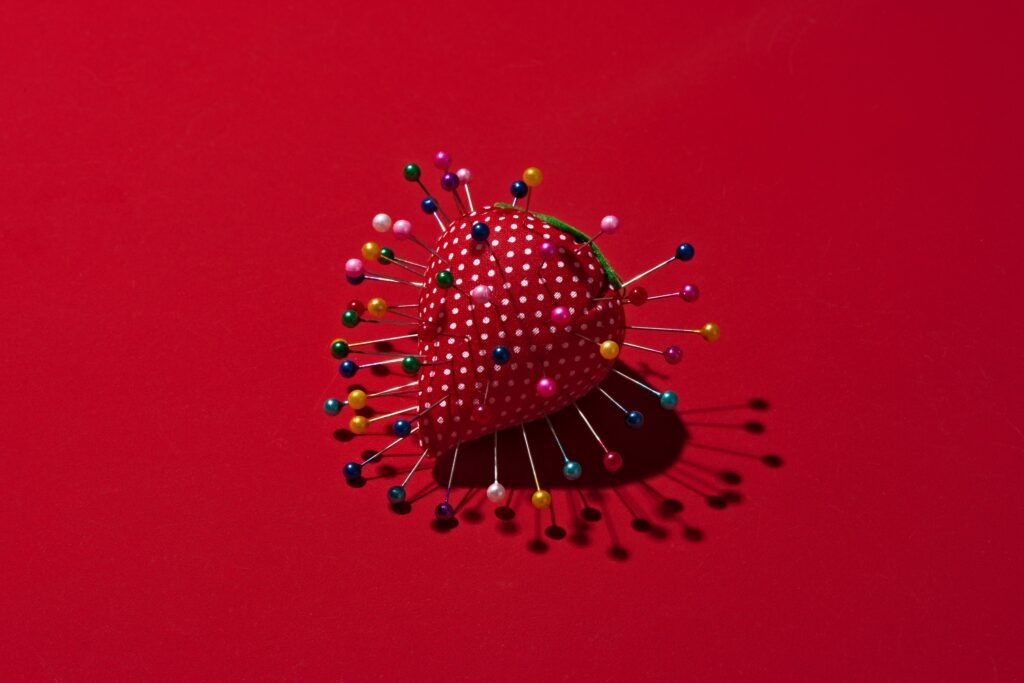A yeast infection and period double whammy is one of the rudest things that can happen to a person. Not only are you potentially dealing with cramps and all the other lovely symptoms that might usually come with your menstrual cycle, but also the added bonus of discomfort and irritation. Not fun at all.
Luckily, your period shouldn’t make it any harder to treat and clear up a yeast infection. You just need to bring in some help in the form of an ob-gyn, and you should be back to normal soon enough. Here’s what to do if you suspect you’re contending with both of these lovely experiences at the same time.
Whether you have your period or not, there are some common causes for yeast infections to be aware of.
The culprit behind your yeast infection is a fungus called Candida albicans. It occurs naturally in the body, including in the vagina. Usually, a bacteria called Lactobacillus stops this fungus from causing you grief. Occasionally, though, it can spread to the extent that it leads to a yeast infection, which often comes with symptoms like itching, irritation, and a chunky, white discharge.
There are plenty of reasons that this overgrowth can happen: Maybe you’re taking antibiotics that throw off your vaginal flora, your hormones are fluctuating, you have a health condition like diabetes, or some aspect of your lifestyle angered the vaginal gods—e.g., you used a fragranced product to wash your vagina or you wore your workout clothes for too long after leaving the gym, as SELF previously reported. In any case, rest assured that yeast infections are incredibly common: According to the Office on Women’s Health, most women with vaginas will get at least one at some point in their life.
Having your period can actually make it easier for a yeast infection to develop.
The double whammy effect sometimes happens because hormones, vaginal pH, and bacteria levels can all fluctuate in the lead-up to your period, which makes it easier for yeast to flourish, H. Frank Andersen, MD, a clinical education director and ob-gyn in the Department of Medical Education and Clinical Sciences at Washington State University, tells SELF.
Ramped-up estrogen levels in the days leading up to your period could predispose you to this hellish combo. An uptick in estrogen is a risk factor for yeast infections because it contributes to a more acidic vaginal pH, making it easier for yeast to overgrow to the point of infection. Even if you’re on a combined hormonal contraceptive that suppresses hormonal fluctuations, the estrogen in your birth control can raise your odds of a yeast infection. There’s also research to indicate that levels of Lactobacillus drop when you have your period, which spurs your vaginal pH to become more acidic too.
Dr. Andersen points out that there’s no reason to think your period will make yeast infection symptoms any worse or cause it to last longer. With care and time, your period yeast infection will clear up the same way any other one would, Taraneh Shirazian, MD, a gynecologist and assistant professor in the Department of Obstetrics and Gynecology at NYU Langone Health, tells SELF. (At least there’s that, right?)
Yes, you can treat a yeast infection while you have your period—here’s how.
Yeast infections can be tricky to self-diagnose, so before we dive into solutions, let’s make sure this is actually the problem you’re dealing with. Instead of racing to the pharmacy and trying to treat the infection at home, visit an ob-gyn first to confirm that you do, in fact, have a yeast infection, rather than bacterial vaginosis (BV), a UTI, or some other issue with similar symptoms. If necessary, a doc can perform tests to confirm what’s going on, which is important, because if you try to treat the wrong issue, the one that’s actually plaguing you can continue to bother you unchecked.
>>> Read full article>>>
Copyright for syndicated content belongs to the linked Source : Self.com – https://www.self.com/story/period-and-yeast-infection
